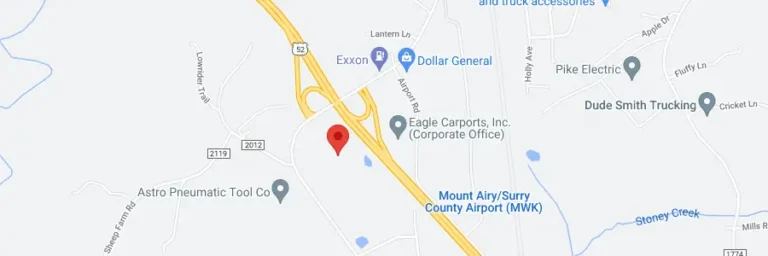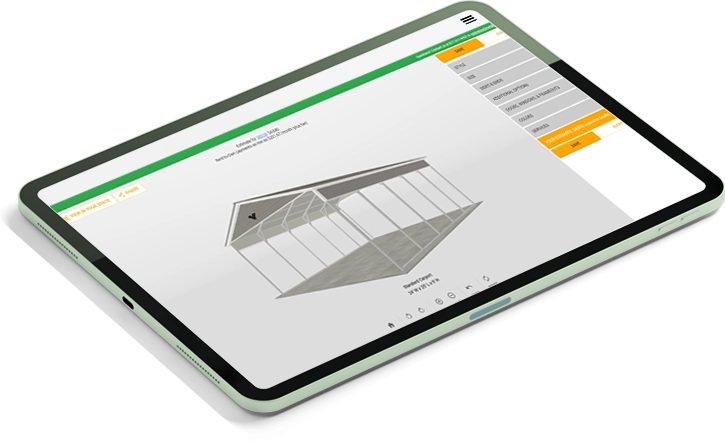Metal buildings may have originated as warehouses and carports, but today they’re used for everything…
Shape and Size
The shape, size, and layout of the steel building plays a large role in how efficient it is to heat or cool. High ceilings tend to lift heat away from the floor and trap it, leaving you cold in the winter and hot in the summer. Large spaces with few to no internal dividers are slow to change temperature, which becomes a problem when you’re trying to warm or heat an uncomfortable garage. Long wings are harder to heat than centralized shapes, so you may find it more efficient to split heaters or air conditioning units if your metal buildings only share a minimal amount of airspace.Color Options
Dark exterior finishes may help your metal carports or steel buildings blend in with their surroundings, but the wrong color choices can also lead to a hotter structure that is harder to cool. The heat absorption becomes useful in the winter, but usually isn’t reliable enough to make it worth the heat gain in the summer. White and silver finishes are far from your only options for reflecting heat. Reflective particles are available to add to nearly any color of steel coating. You can keep your metal buildings cooler in the summer while using less electricity simply by requesting a reflective coating.Insulation Choices
For improved energy efficiency in both winter and summer, your metal buildings need proper insulation. Adding a condensation-proof material at the recommended R-value may cost more than you expect, but the initial investment will pay off for years in lower energy bills. Some of the best options for insulating steel buildings include:- Loose fill blown into wall enclosures made with sheet rock or radiant barrier materials. These materials dry out fairly well if they get wet from condensation and are easily replaced when necessary.
- Rigid foam boards. Installation goes quickly and the boards are more crush and compaction resistant than batts or fill. Foil backed boards offer radiant barrier effects for more heat blocking as well as shedding water if there’s any condensation.
- Fiberglass batts. You’ll need to cover the insulation with sheetrock or some other finishing material, and they tend to compress when wet and don’t dry out well. As long as you can control the humidity and condensation with other methods, it’s the most affordable and widely available option for insulating.
- Spray foam. While some experts on metal buildings are concerned about its potential to trap moisture and cause rust, open-celled foam generally dries out well enough to be used in metal carports. This material tends to crack if applied over joints that expand and contract.


